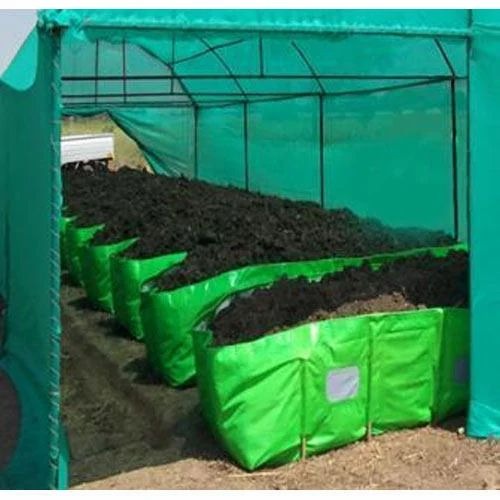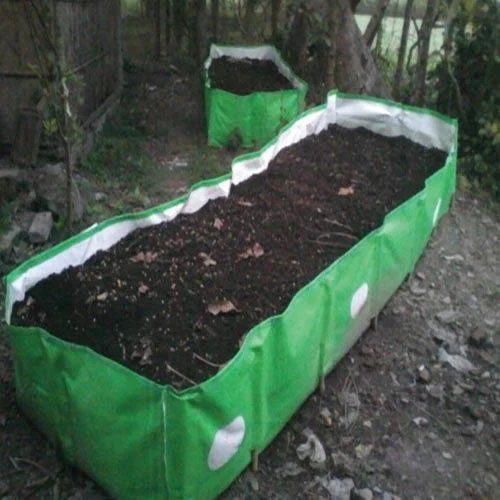Vermi Bed
Vermi Bed
A vermi bed, also known as a vermicomposting bed or worm bed, is a specially designed structure used for the process of vermicomposting. It provides a controlled environment for earthworms to decompose organic waste and produce nutrient-rich vermicompost.
Vermi beds are typically constructed using a combination of organic materials such as straw, leaves, and shredded paper, along with a bedding layer of moistened cardboard or newspaper. This creates a suitable habitat for earthworms to thrive and carry out their composting activities.
The organic waste, such as kitchen scraps, vegetable peels, and garden trimmings, is added to the vermi bed. The earthworms then feed on this waste, breaking it down through their natural digestion process. As the organic matter passes through the worms’ digestive systems, it undergoes decomposition and is transformed into nutrient-rich vermicompost.
Vermicompost is highly regarded for its exceptional fertility properties. It improves soil structure, enhances moisture retention, and promotes beneficial microbial activity, creating an optimal environment for plant growth. Its rich composition includes essential nutrients, organic matter, humus, enzymes, and beneficial microorganisms, making it a valuable soil amendment.


The vermi bed provides a favorable environment for the worms, ensuring adequate moisture, temperature, and aeration. Proper moisture levels are maintained by periodically adding water or adjusting the bedding materials. Adequate aeration is facilitated through the natural tunneling activity of the earthworms, which helps in the decomposition process.
Vermi beds offer several benefits. Firstly, they provide a sustainable method of waste management by converting organic waste into a valuable resource. The resulting vermicompost is a nutrient-rich fertilizer that can enhance soil health and plant growth.
Moreover, vermi beds can be set up in both small-scale and large-scale operations, making them suitable for home gardens, community gardens, and commercial agricultural settings. They are relatively low-maintenance and do not require significant space or investment.
